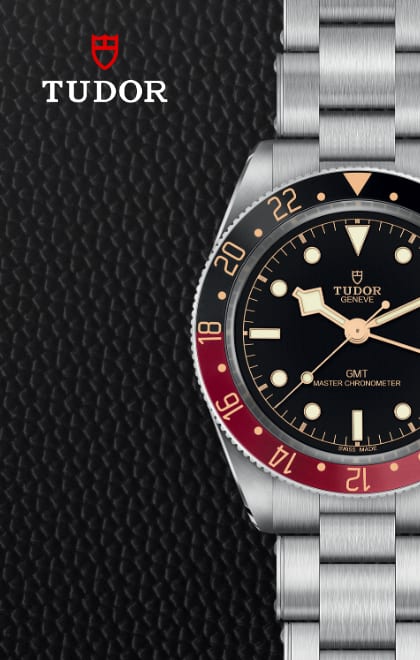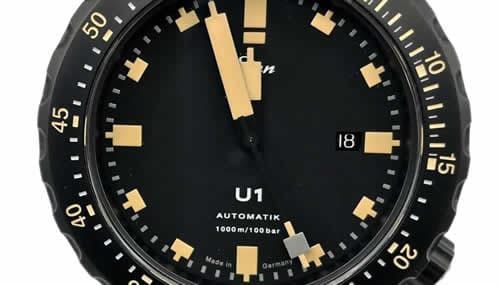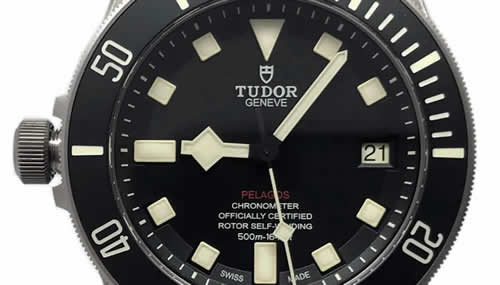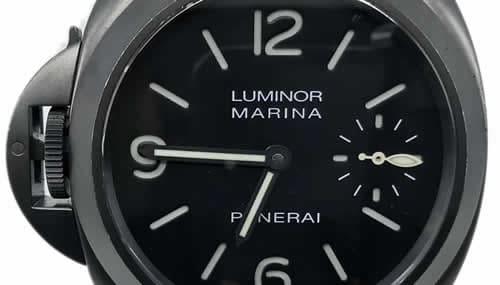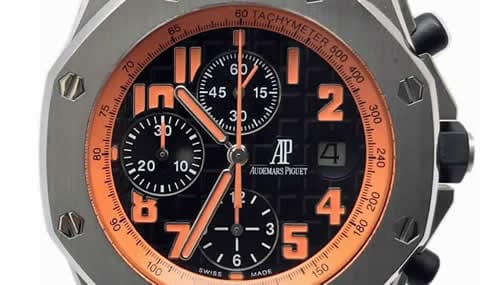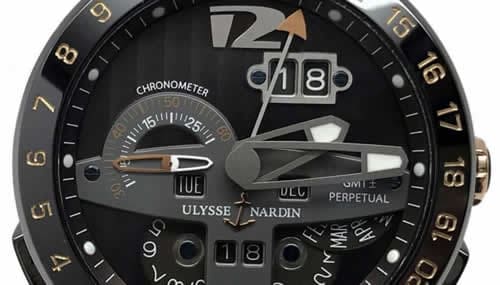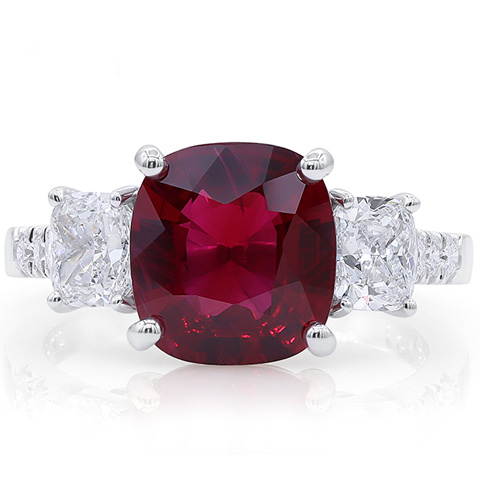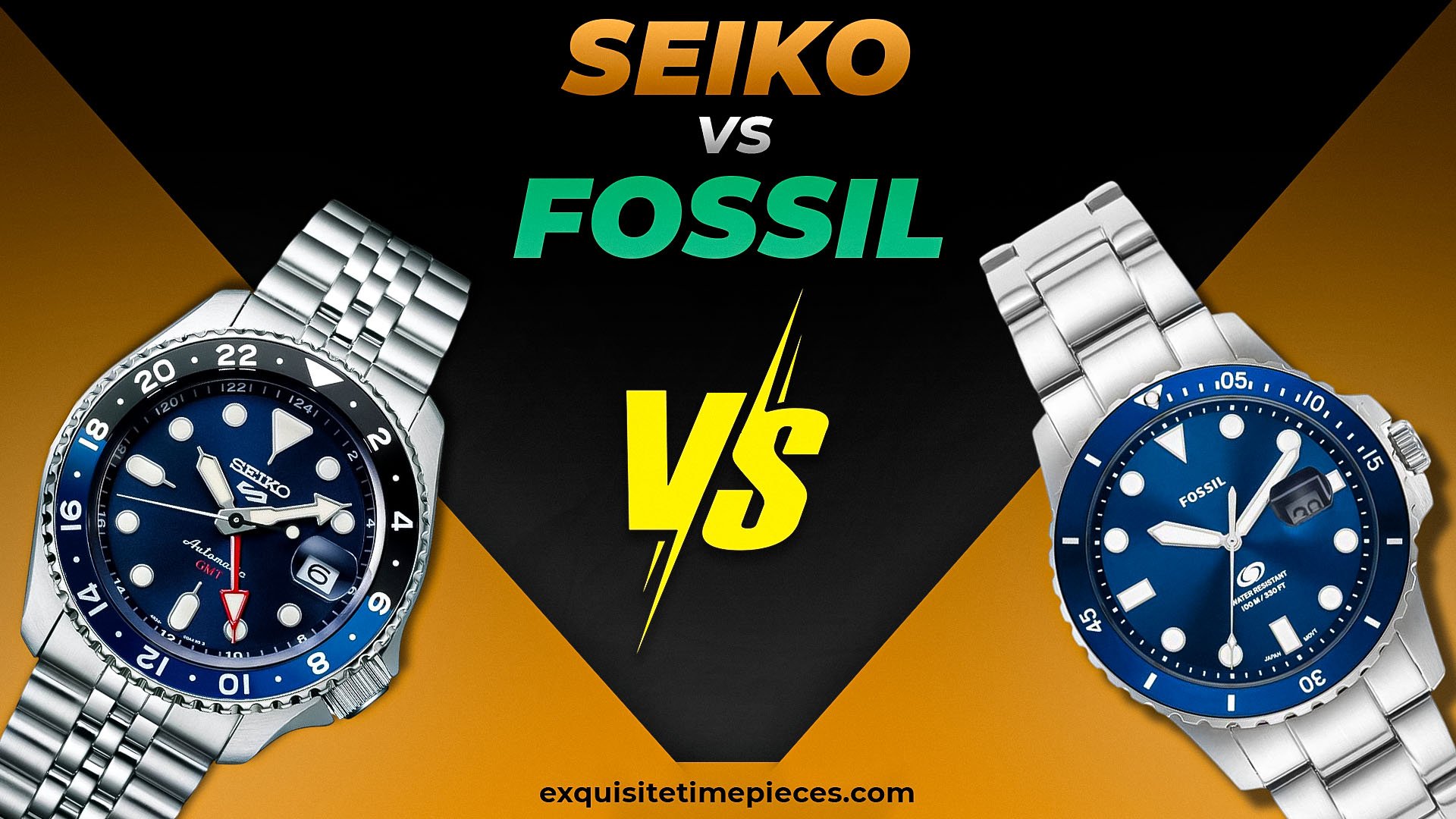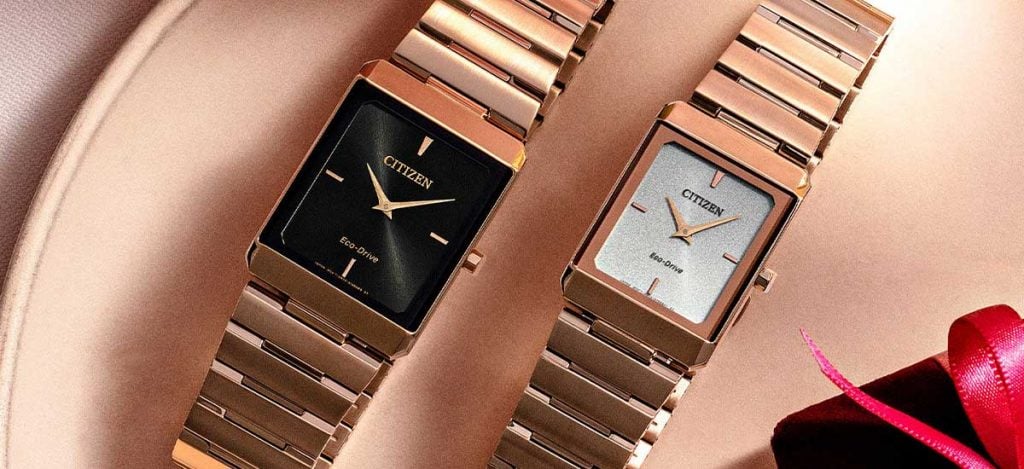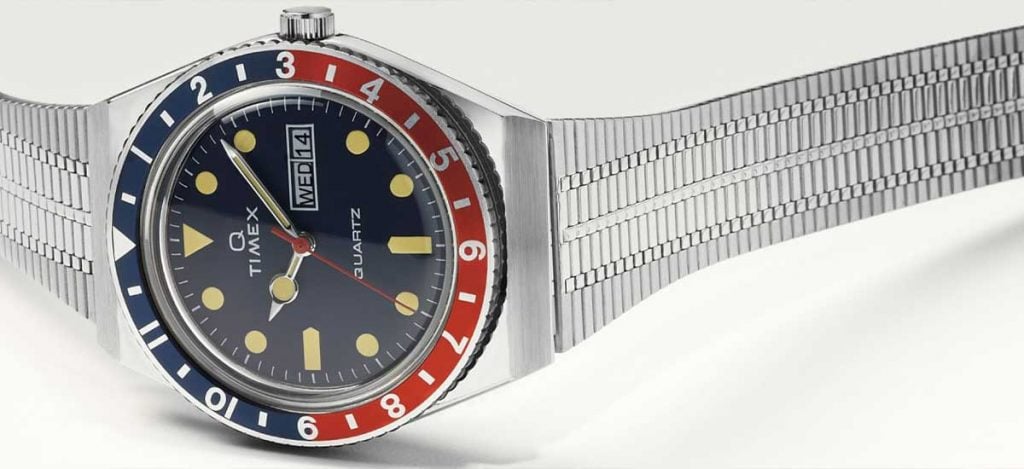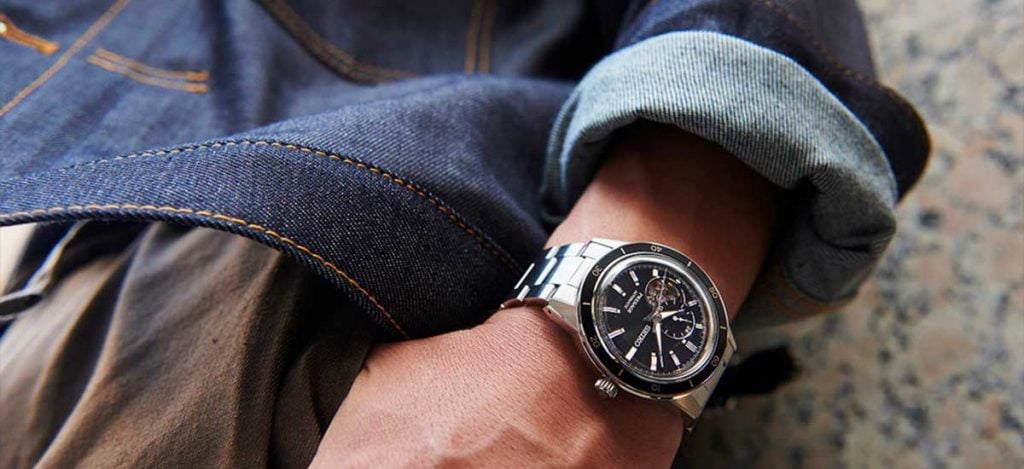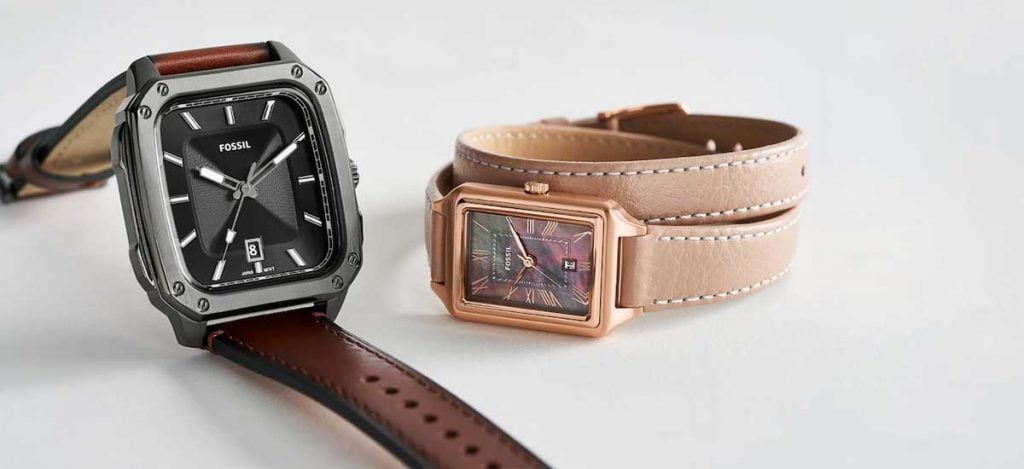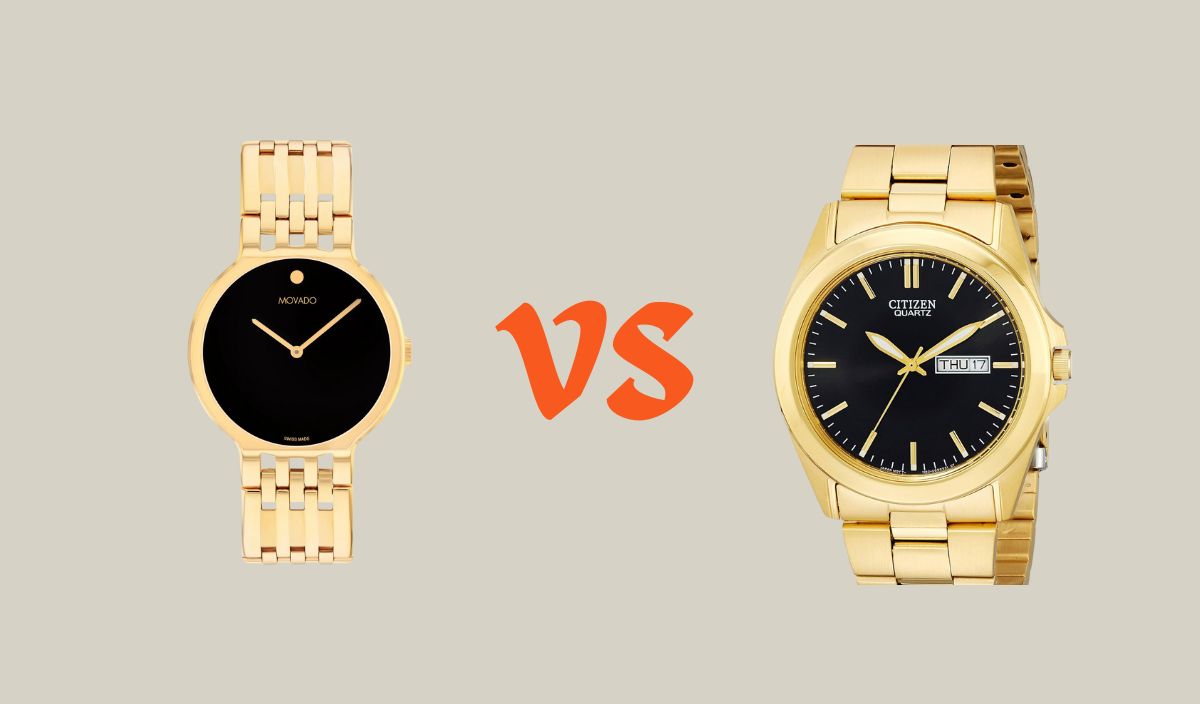
When it comes to brand comparison guides, we’ve covered a lot here at Exquisite Timepieces. We’ve given you run-downs on Japanese brands versus Swiss ones and compared hard hitters like Rolex with more affordable brands like Timex to see where the competition really lies in terms of value and quality.
But comparing like-for-like brands makes the most sense of all since it allows you to dig deep into where the differences lie between pricing, quality, and design.
Two brands that we are yet to do this with are Movado and Citizen. Both brands have carved out a distinct reputation for themselves and are each celebrated for their own horological innovations, albeit for very different reasons. If you’re in the throes of deciding between these two brands, read this Movado vs Citizen guide first.
Is Citizen Better Than Movado?
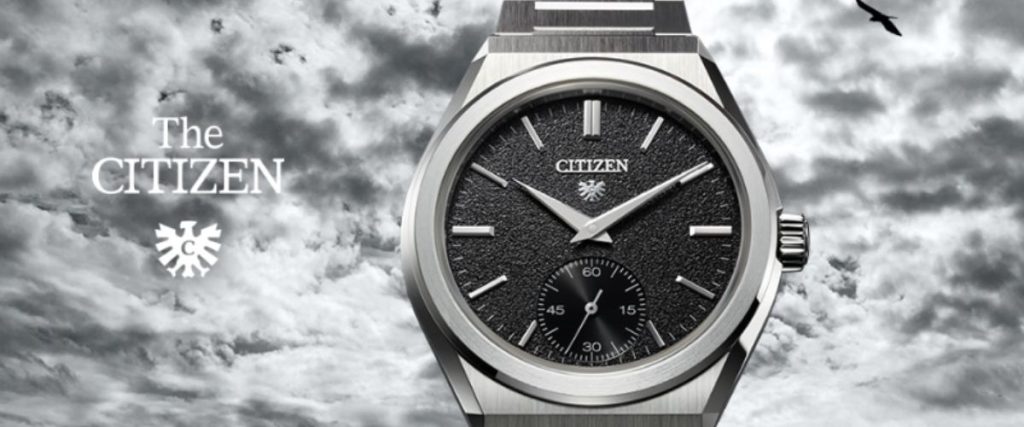
Is Citizen better than Movado, or is it the other way around? The discussion has become one of the most compelling topics amongst watch enthusiasts over recent years, mainly due to Movado’s gradual evolution into somewhat of a fashion-type watchmaker (but more on that later).
Despite both brands manufacturing similarly priced watches, they each bring something different to the table.
Citizen is a brand that has focussed predominantly on sustainability, accuracy, and innovation with the launch of the world-respected Eco-Drive watch and has advanced in terms of material development, too, producing Super Titanium watches that promise a 40% lighter composition than traditional steel and five times better scratch resistance.
However, Movado’s most recognizable watch is the Museum Watch, which eventually went on to represent a core component of the brand’s design language.
The design captured the essence of modernism and became a beacon of Movado’s contemporary spirit, garnering acclaim for its sophisticated simplicity.
Straight off the bat, we can see that these two brands, one Japanese and one Swiss, are recognized for very different reasons. One is revered for its innovative solar-powered technology, and the other for its minimalist approach to aesthetical timekeeping.
Still, as is always the case when looking at any watch brand, there is much more to Movado and Citizen’s story. Join us as we grapple with the nuanced dimensions of the world of Japanese affordability and Swiss innovation to see where (if anywhere) these two brands meet and where they both stand in the illustrious landscape of horology.
A Brief History of Citizen
Citizen can lay claim to a series of watchmaking records that many don’t even know about. It is one of the largest watch manufacturers on the planet, along with other affordable titans like Casio, Seiko, and Tissot.
The brand is synonymous with its advances in solar-powered technology, but its history dates far beyond that, to 1918. Citizen produced its first pocket watch in 1924 and its first wristwatch in 1931, followed by Japan’s first fully waterproof watch towards the end of the 1950s, dropping it out of a helicopter to test its durability.
The Parashock survived the ordeal, cementing Citizen’s reputation as a key producer of affordable, reliable wristwatches.
Citizen was also quick to adapt to the quartz watch climate, investing hugely in automated production lines. By the mid-1980s, it was producing more watches than any other brand in the world!
More industry firsts followed, with the first electronic watch and the first radio-controlled watch made from full metal, complete with an antenna.
Its Mega Quartz watch was the first in the world to measure an annual accuracy within 3 seconds. However, one of its most significant feats was the Eco-Drive, which led the way forward with its innovative solar-powered qualities.
A Brief History of Movado
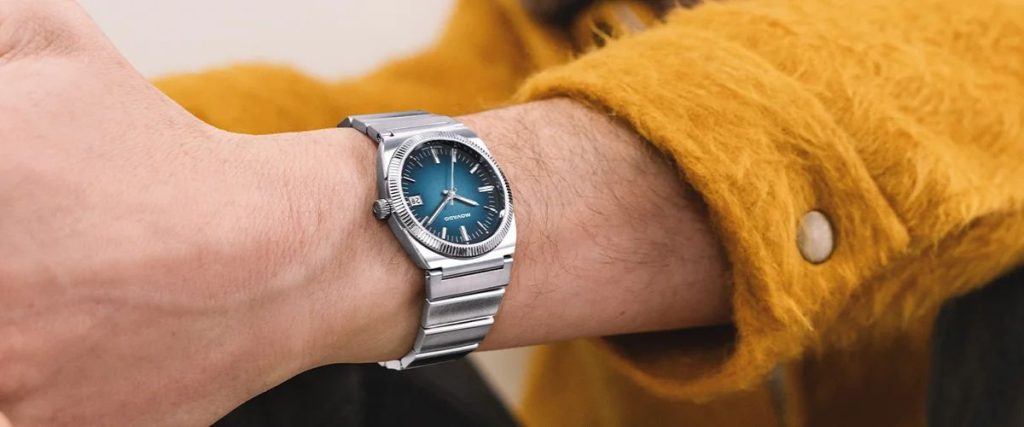
Movado was founded in 1881, its name meaning “Always in Motion.” The company began by mounting and assembling pocket watch movements, but by 1903, the first use of the name Movado officially began appearing on designs.
The brand was one of the first to invest in watchmaking machinery, becoming a giant with a workforce of around 300 employees by the late 1940s. The early 1900s, however, marked the era of the Polyplan – an ultra-ergonomic timepiece with a uniquely curved case and movement.
Next came the Movado Ermeto, marketed as a trusty travel watch. It later acquired a mechanism allowing the movement to be wound via an opening in its hermetically sealed case.
Aside from Movado’s signed Ermeto collaborations, bearing prestigious names like Cartier, Tiffany, and Hermes on its dial, the brand experienced great success with a model named the Museum Watch.
The dress watch was a simple and beautiful timepiece designed by American-Jewish industrial designer Nathan George Horwitt in 1947. It focussed on the dot above the hands at 12 o’clock, a motif inspired by the sun. Once designed, Horwitt sold it to the Brooklyn Museum and then to the New York Metropolitan Museum.
Early in the 1950s, the then-merged Zenith Movado company produced an unauthorized version of the watch. Thus, a lengthy legal battle began between Horwitt and the watchmaker. 1975, the case was settled, and the Museum Watch aesthetics have since become the face of almost all of Movado’s modern designs.
Over the years, Movado’s gradual but growing emphasis on visually appealing watches as opposed to Swiss craftsmanship has led to the brand’s association as a fashion watch brand rather than a serious contender in the realm of Swiss luxury.
Model Variety
One thing Citizen doesn’t cut back on is variety. Thanks to a range of collections – each with a distinguishable aesthetic – there is a design for every occasion. The Tysoya is a playful sports watch that comes in several bright colors, perfect for exploring if you want your wrist to pop.
They have a slightly Tissot PRX-esque vibe, albeit without the tonneau-shaped case. The Tysoya features an integrated bracelet and tough steel case.
The self-titled Citizen range is sporty but in a different way. It’s a collection you should consider if you like the look of Grand Seiko watches but don’t have the budget for one. In contrast, the Promaster Diver features all the hallmarks we associate with dive watches from the Rolex Submariner era.
Think bold 1950s-inspired cases and chunky, luminous hour markers. The Promaster Air is equally as robust but is born for aviation, with a practical display, dual time functions, 99-minute count-down timers, alarms, and atomic clock synchronization.
Lastly, Citizen’s Eco-Drive collection is one of the largest and most diverse, with styles ranging from dress watches to chronographs – all of which utilize the brand’s solar-powered technology through a translucent dial.
It’s worth mentioning, however, that most Citizen watches are behemoths, so finding the right fit for a small wrist could prove somewhat challenging.
Movado’s catalog is not quite as diverse since many of its collections follow the design language of the famous Museum Watch. Subsequently, this minimalist dial, characterized by a large singular dot marker at 12 o’clock, has formed the backbone of the brand’s identity.
While some collectors feel it supports a strong and instantly recognizable brand DNA, others believe the watches lack innovation and creativity.
Still, if you do like the look of the single dot design, you’ll have plenty of choice since the Red Label, Bold, Esperanza, and Masino collections all faithfully follow the two-handed, hourless dial layout.
For something ultra-feminine, Movado offers the Bela line, with models in dainty 30mm cases that achieve a look of opulence and refinement, showcasing mother-of-pearl dials and scintillating diamond decoration.
The Movado Edge collection is another subtly different design, with a textured ripple-like dial pattern and a super-thin metal bangle for the bracelet.
For a design that steers away from the minimalist Museum Watch and its many similarly-inspired collections, the Swiss 800 is Movado’s sportier offering. These athletic watches have colored rotating aluminum bezels for measuring elapsed time underwater and a 200-meter water resistance.
Build Quality, Materials and Design
Comparing Movado with high-end watchmakers emphasizes the different aspects of luxury that exist across the industry because Movado is still classed as a luxury brand despite its association with the fashion brand sector.
It maintains high design standards but adopts a more accessible approach to watchmaking, highlighting the diverse interpretations across the horological world.
Movado uses high-grade stainless steel combined with materials like sapphire crystal and, occasionally, precious metals.
The brand challenges traditional notions of luxury with designs that, although powered by reliable Swiss movements, are not considered quite as adventurous as some of its most important competitors.
This factor alone has gone some way to diminishing its credibility among connoisseurs, even though its vintage models are some of the most collectible.
Aside from manufacturing its own movements, Citizen has dedicated many years to researching quality materials like titanium, even producing its own proprietary Super Titanium.
The material combines lightweight properties with surface-hardening technology for a more durable finish. The material is used alongside sapphire crystal glass, stainless steel, and straps, sometimes made from recyclable materials.
Comparing both brands, Citizen outshines Movado on the material and build front, especially since the brand is committed to sustainable practices and reducing its environmental impact with its innovative range of Eco-Drive watches – a series with which the brand is most synonymous.
Movements
Believe it or not, before the year 1970, pretty much every movement powering a Movado watch was engineered and designed in-house by the brand. It acquired around 98 Swiss patents between the years of 1900 and 1969.
The most notable movement of the lot was the Polyplan’s engine, designed to fit inside a curvaceous and wholly unique case back in 1912. As you can imagine, the movement itself needed to comply with the shape of the case, garnering the brand a ton of credit for its development of the Calibre 400.
The brand’s earlier mechanical movements of the hand-winding type bore a distinctive architecture, too, comprising scalloped wheel bridges and beautiful interior angles that demonstrated superior Swiss craftsmanship.
Even compared to Longines and Omega movements, Movado’s craftsmanship trumped the lot for its time. Those Movado watches that weren’t powered by an in-house movement were just as (if not more) popular, including the chronograph caliber 90M and 95M – both of which were head and shoulders above Valjoux and Omega movements.
The brand was among the first to develop a full range of automatic movements, dubbing one of its movements the “Futuramic,” thanks to its unique, forward-thinking architecture.
In 1969, Movado merged with Zenith and later became known as the Movado Group. The new entity marked a move towards more quartz and third-party mechanical movements.
On the other hand, Citizen has and still does produce its own movements. In fact, the brand owns the machinery used to make these movements and watches.
Each movement is a blend of precision machinery and the skill of a talented craftsman’s hand. From components so small you need a microscope to see them to others as thin as a strand of hair – Citizen’s integrated approach to watchmaking enables Citizen to have complete control over every stage of the process.
Citizen’s first movement for a wristwatch was the manual wound Calibre F in 1931, followed by its first electronic watch in 1966 and then the first quartz movement in 1973, before releasing the first solar-powered analog quartz watch in 1976.
Today, the brand offers a mix of automatic and quartz-powered watches. Yet, a commitment to harnessing the power of light has led to an outstanding range of economical watches that require no battery replacement.
Price
Generally speaking, Movado watches are priced between $500 and $3000 – some of the most expensive being those from the pre-owned market. Those fetching good prices on the second-hand market include the Kingmatic and the Edge.
They aren’t really considered good investments because of their low resale value, but vintage models garner a lot of attention from fans, notably the Museum Watch. These make for a great collectible timepiece and a unique talking point amongst enthusiasts.
You could expect to pay around $2000 for a brand-new Museum Classic watch – the brand’s most iconic design. Automatic chronographs, however, can cost a lot more. For around the $4000 mark, you can take home the Alta watch, one of the brand’s sportier designs.
However, Movado’s pricing can be considered rather adventurous for those who place importance on mechanical movement manufacture and have some knowledge of the competitive landscape surrounding different price points in the horological sphere.
The brand’s mass dependence on the quartz movement and its large-scale manufacture should technically reflect a less aggressive pricing structure, especially when compared with serious competitors like Tissot, Hamilton, and Longines.
In fact, these brands offer mechanical movements that are far more challenging to produce and are on par with the price of a Movado quartz.
Many collectors would consider the $2-4k mark a gateway into true entry-level watchmaking, and, to be honest, Movado’s materials, craftsmanship, and style are not in line with the likes of the most affordable Omega watches or a top dive watch from Seiko.
Of all the brands associated with value for money, Citizen must be near the top of that list. The brand’s innovations are synonymous with precision, and, what’s more, they last.
Citizen is one of the few brands to offer a five-year warranty, and when you pay for a watch made by this Japanese brand, you’re paying for a trusted name with over 100 years of experience crafting timepieces.
Citizen watches vary from around $200-$5000, averaging out at around $300. More surprisingly, the brand’s Eco-Drive watch is one of the most affordable of all, costing an average of around $200.
Suffice to say that if you want more innovation and bang for your buck in a watch, Citizen is the clear winner here.
Conclusion
There has always been a community for Movado watches. And while it may be dropping the ball with its modern pieces, a niche audience is still waxing lyrical about its vintage models.
They are flat out some of the best watches of their era, and Movado’s history is a rich one, whether you’re a fan of its more style-conscious models of today or not.
And who is to say the brand won’t revisit some of its most popular models of yesteryear? If it did, it would likely resuscitate an entire legion of cult-like followers who have long awaited the brand to revert to its old watchmaking approach. If done the right way, these heritage-inspired pieces would really matter today.
Right now, though, the brand continues to inspire new upstart brands who are looking to reference what the brand has in its archives. If that sounds like you, and you like the idea of a Cartier Prive but can’t stand to part with that much money, a pre-owned Movado may be just the ticket for you. The brand has it in spades.
As it stands, Movado is a watch brand targeting the affordable luxury watch sector. It aims to satisfy a specific type of collector – someone who wants a recognizable name on the dial but prefers the ease of a simple, low-maintenance quartz watch.
Likewise, the brand’s automatics are aimed at fans of Swiss design but aren’t led by in-house manufacturer when choosing a watch.
Citizen watches are unquestionably more sophisticated on a technical level than Movado watches. The brand’s wide range of watches occupies an accessible price point, appealing to an equally broad audience, from classic dress watch wearers to sports watch collectors and robust adventure watches.
Its Eco-Drive technology is also a major draw for environmentally conscious consumers, while Citizen’s lightweight and ergonomically crafted titanium sports watches are perfect for outdoor goers and athletes.
Neither Movado nor Citizen are high-end luxury watchmakers. Instead, they appeal to consumers looking for affordable luxury. But while Movado watches will resonate with those with an appetite for modern simplicity and sleek, minimalist aesthetics, Citizen’s fan base is the tool-focused type.
Because Citizen watches offer more by way of features and materials and are more technically complex, they provide remarkable value-for-money and even have a cheaper starting price than Movado.
On the contrary, watch collectors struggle with Citizen’s lack of small sizes for less-endowed wrists. However, some options like the classic-looking Tsuyosa and ultra-thin models like the Eco-Drive One make their respective watch’s overall proportions feel more manageable.
To summarise, Movado is a suitable option if you’re looking for a brand that focuses on an elegant design language instead of mechanical engineering. But if innovative technology gets you excited and you want more functionality from your watch, it has to be Citizen all the way.


